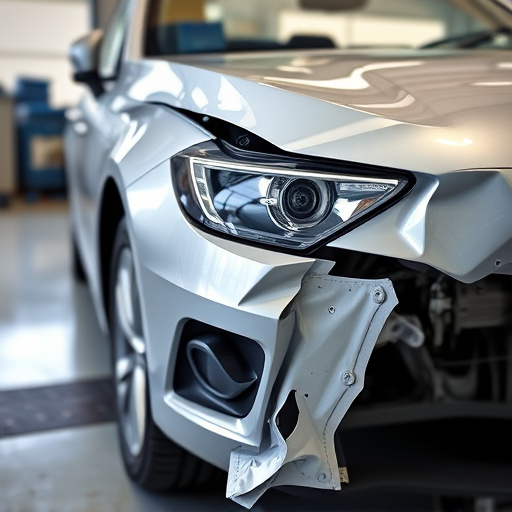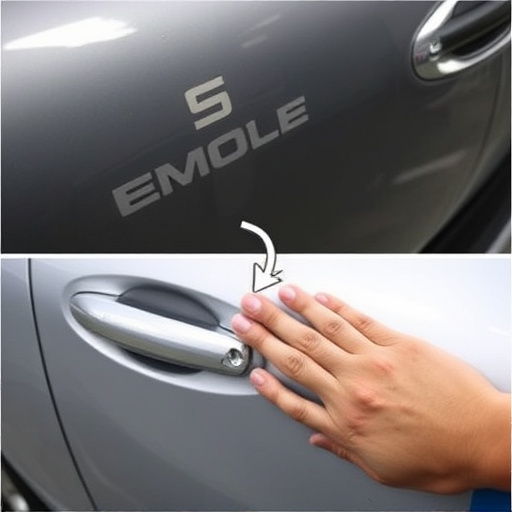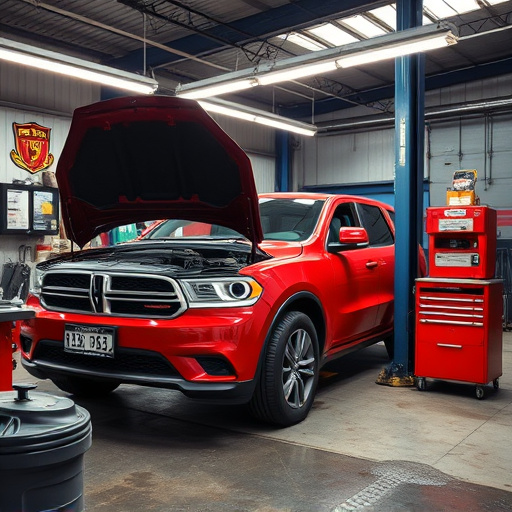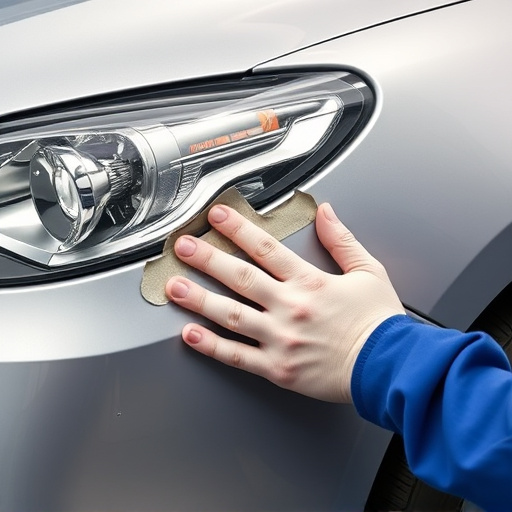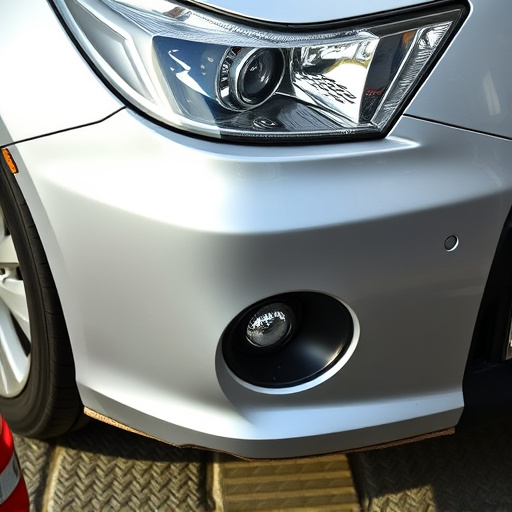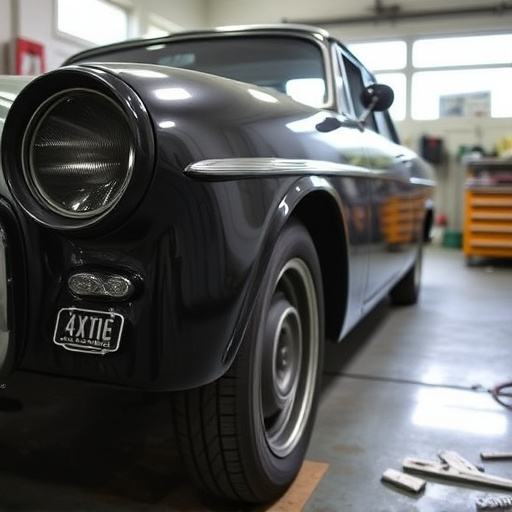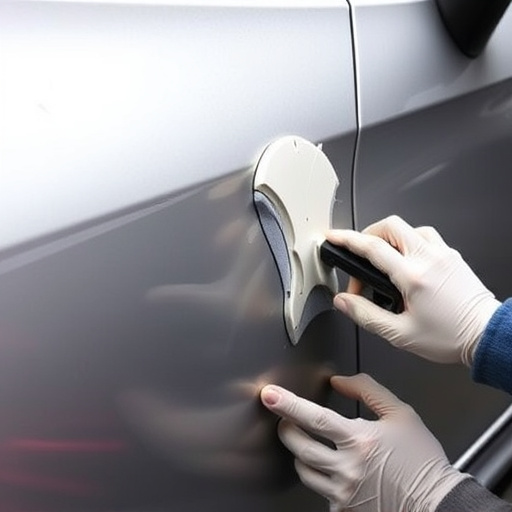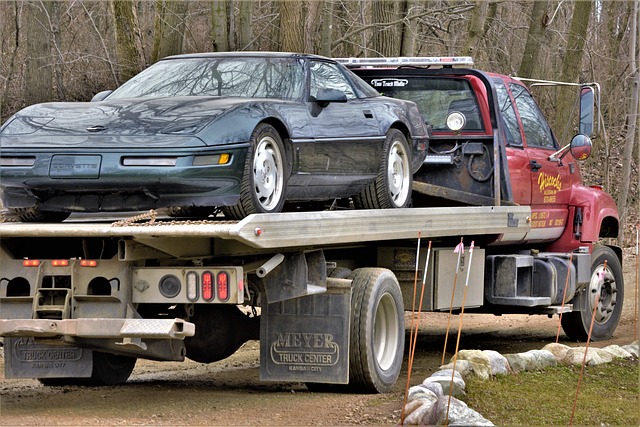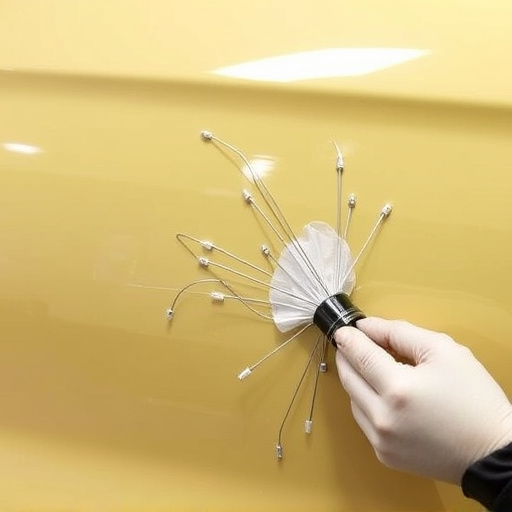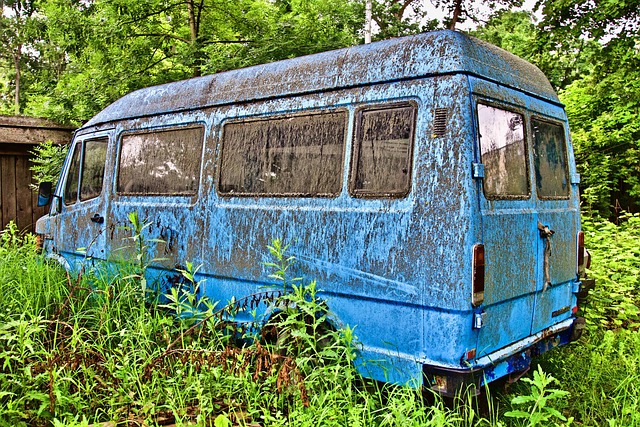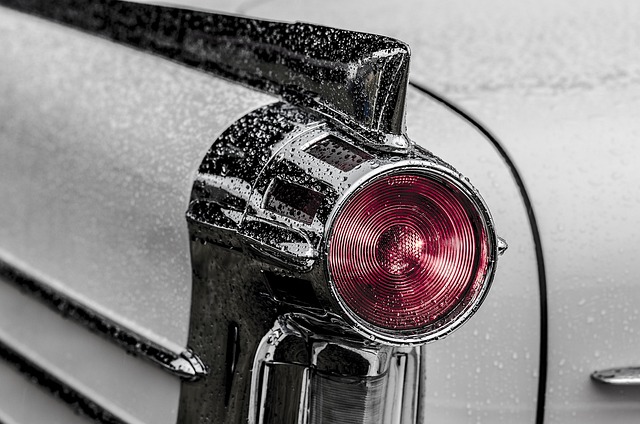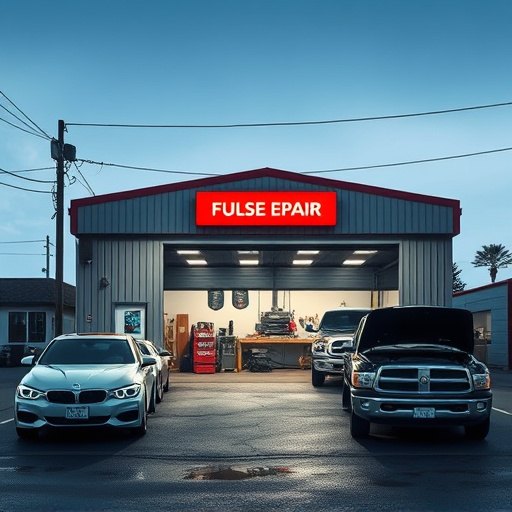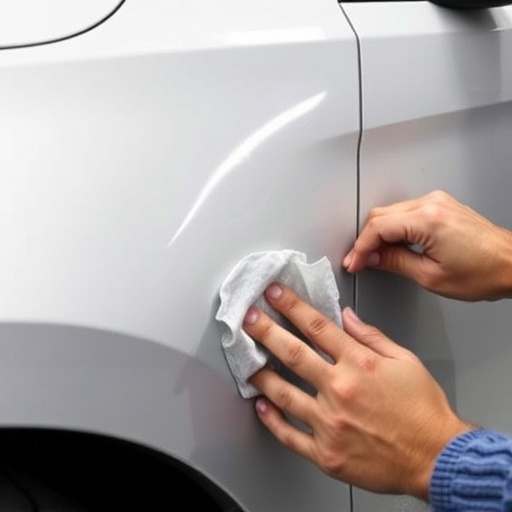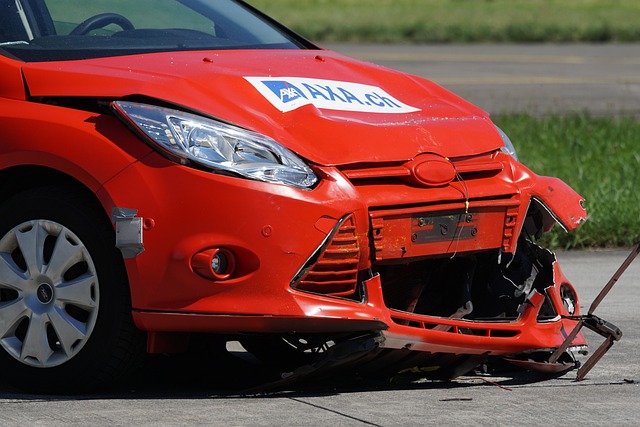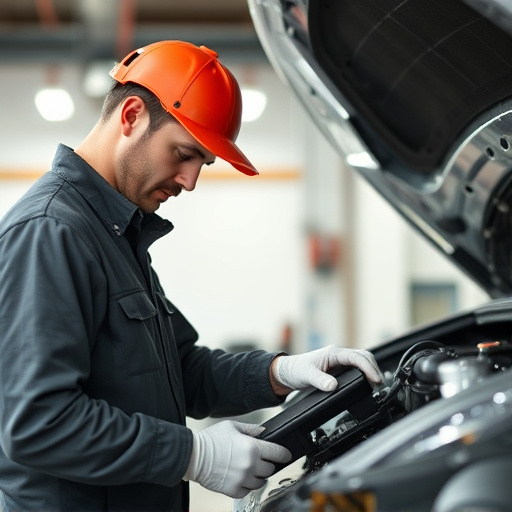Auto buffing and polishing revitalizes vehicle paintwork, addressing dirt, scratches, and swirls through cleaning, sanding, compound application, and buffing. Time required varies based on damage severity, equipment, surface area, and environmental conditions. Regular washing, decontamination, dent removal, and chip repair prepare the surface for efficient auto buffing and polishing, preserving vehicle aesthetics and value.
Discover the ideal duration for auto buffing and polishing—a process that transforms your car’s exterior. Understanding this art involves grasping the mechanics behind it, from removing scratches to revealing a glossy finish. Various factors, such as car paint type and surface imperfections, influence timing. This guide explores these elements, offering insights into optimizing your car care routine. Learn how to enhance your vehicle’s aesthetics efficiently and effectively with the right techniques and knowledge.
- Understanding Auto Buffing and Polishing Process
- Factors Affecting Buffing and Polishing Time
- Optimizing Your Car Care Routine
Understanding Auto Buffing and Polishing Process
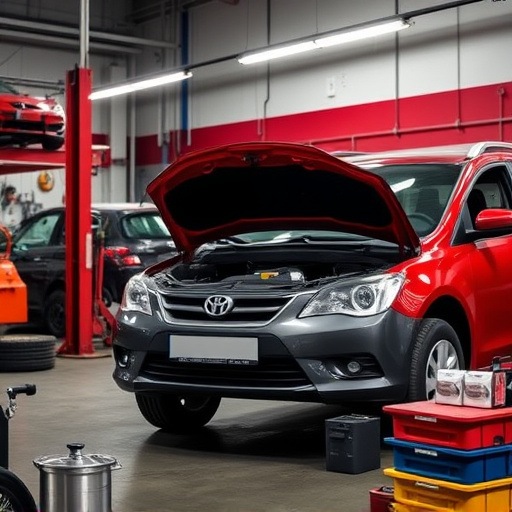
The auto buffing and polishing process involves several stages that work together to restore a vehicle’s paintwork to its best condition. It begins with a thorough cleaning to remove dirt, dust, and contaminants from the surface. This is followed by sanding or cutting to smooth out any imperfections like scratches or swirls. After this initial preparation, an auto polisher applies a compound that fills in minor defects and enhances the gloss. The polisher then buffs the compound until it achieves a smooth, glossy finish. For luxury vehicle repair, this process is even more crucial as it not only restores the car’s aesthetics but also preserves its value.
In terms of duration, the auto buffing and polishing process can typically take anywhere from 30 minutes to several hours, depending on various factors such as the severity of the damage, the type of polish used, and the size of the vehicle. For vehicles with significant dent removal or collision repair, the process may be more extensive and time-consuming. As a general rule, most collision repair shops will provide an estimate based on these variables to ensure customers understand how long their specific auto buffing and polishing session is expected to last.
Factors Affecting Buffing and Polishing Time
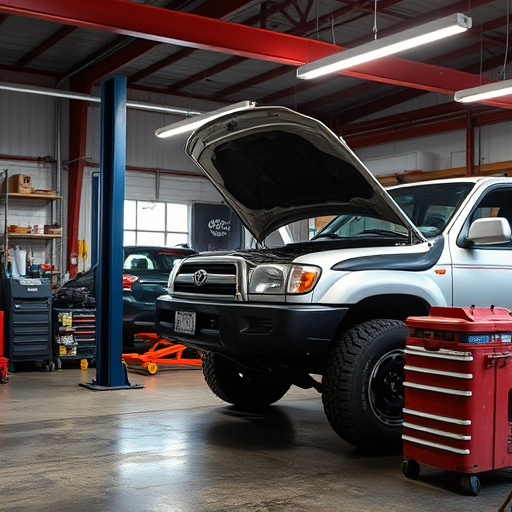
The duration of auto buffing and polishing can vary significantly based on several factors. One of the primary considerations is the condition of the vehicle’s paintwork. A car with heavy scratches, dings, or an old finish will take more time to restore than one that has seen minimal wear and tear. The type of polish and buffing pads used also play a crucial role; more aggressive pads might speed up the process but could potentially damage the paint if not used correctly.
Additionally, the size and complexity of the vehicle’s surface area affects the timing. Larger vehicles or those with intricate curves and contours will require more time to ensure even coverage and complete removal of imperfections. Moreover, environmental factors like temperature and humidity can impact the drying process of the polish, indirectly influencing the total buffing and polishing duration.
Optimizing Your Car Care Routine
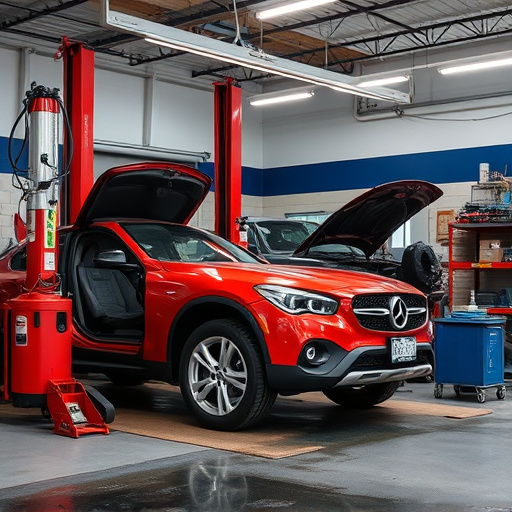
Maintaining your car’s exterior in pristine condition requires a dedicated care routine, and auto buffing and polishing play a pivotal role in this process. The duration needed for these tasks can vary based on several factors, including the current state of your car’s paintwork, the level of contamination, and the desired finish. However, optimizing your car care regimen extends beyond just the time spent on buffing and polishing.
Regular washing, decontaminating the surface, and addressing any minor repairs like dent removal or paint chips are essential pre-buffing steps. These preparations ensure that when you do start auto buffing and polishing, you’re working with a clean, smooth canvas. This, in turn, leads to better results and makes the process more efficient. By incorporating these practices into your usual vehicle repair and maintenance schedule, you can keep your car looking its best while also saving time and effort in the long run.
Auto buffing and polishing are essential steps in maintaining a vehicle’s exterior, but the time required varies based on several factors. Understanding these elements allows car owners to optimize their care routines effectively. By considering the condition of the paintwork, environmental conditions, and desired shine level, you can allocate the appropriate amount of time for each session. Regular maintenance ensures a smooth, glossy finish that enhances your car’s overall aesthetics.
